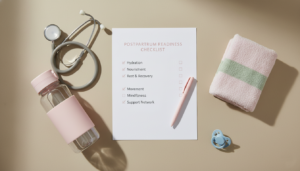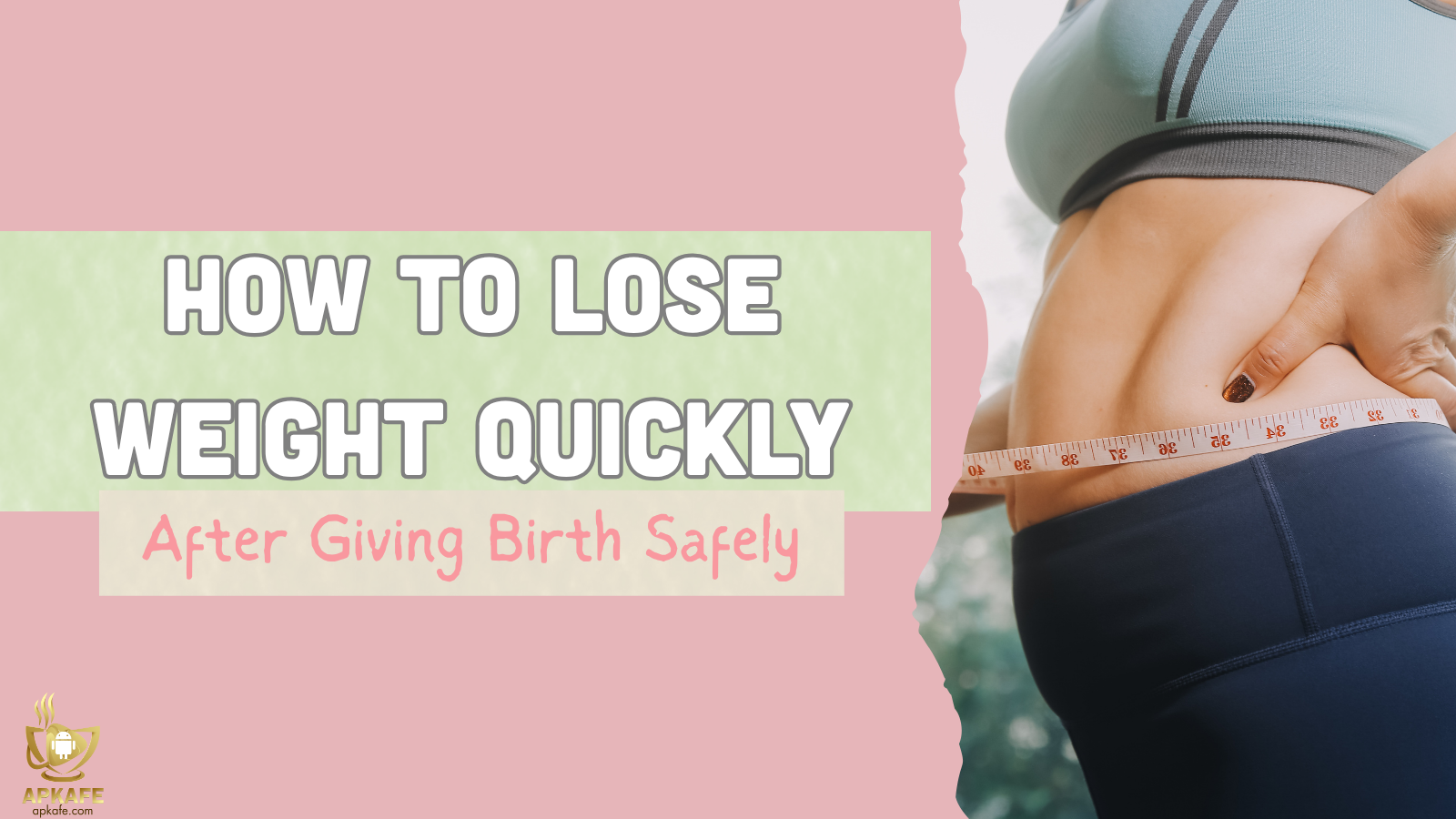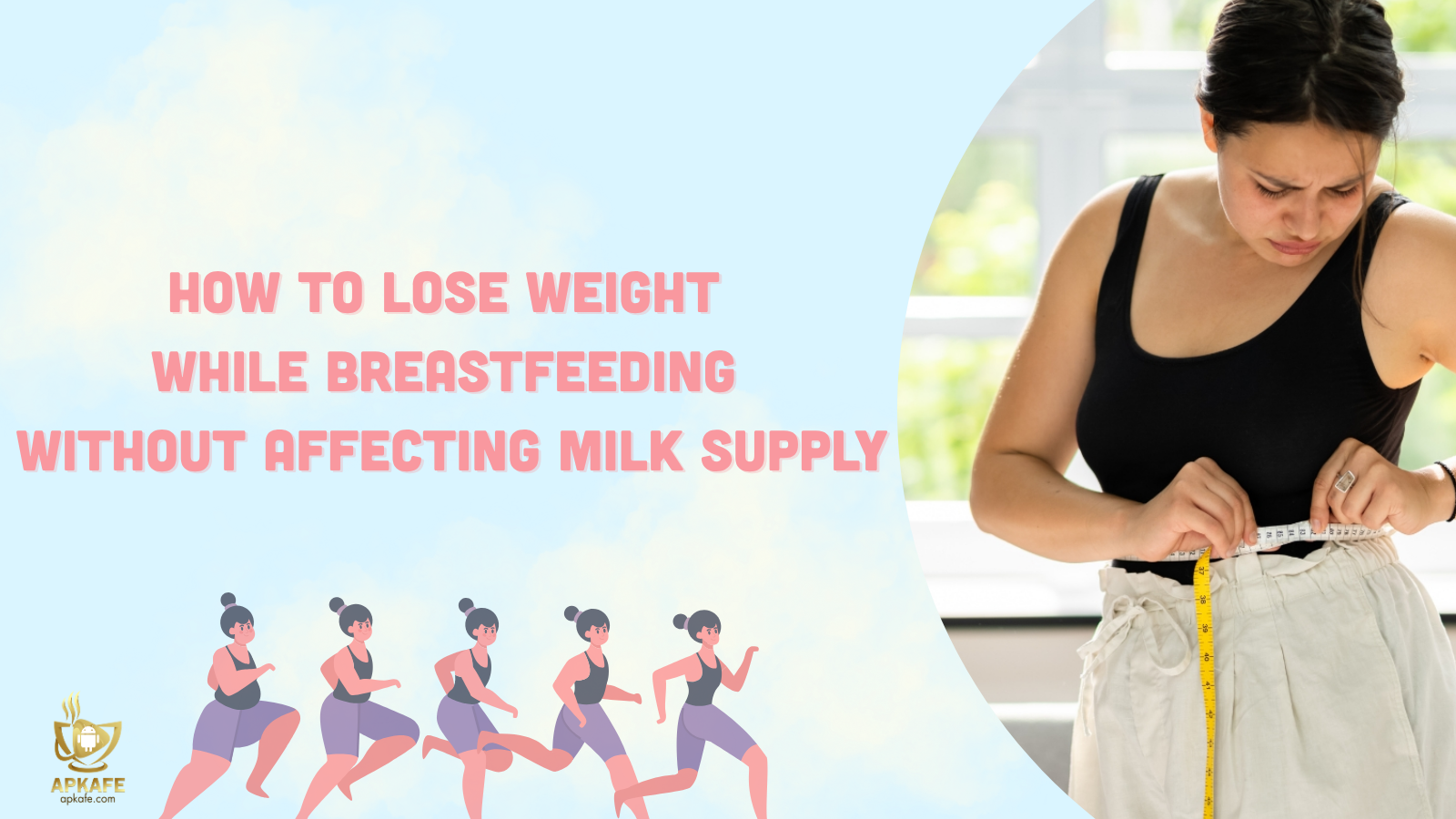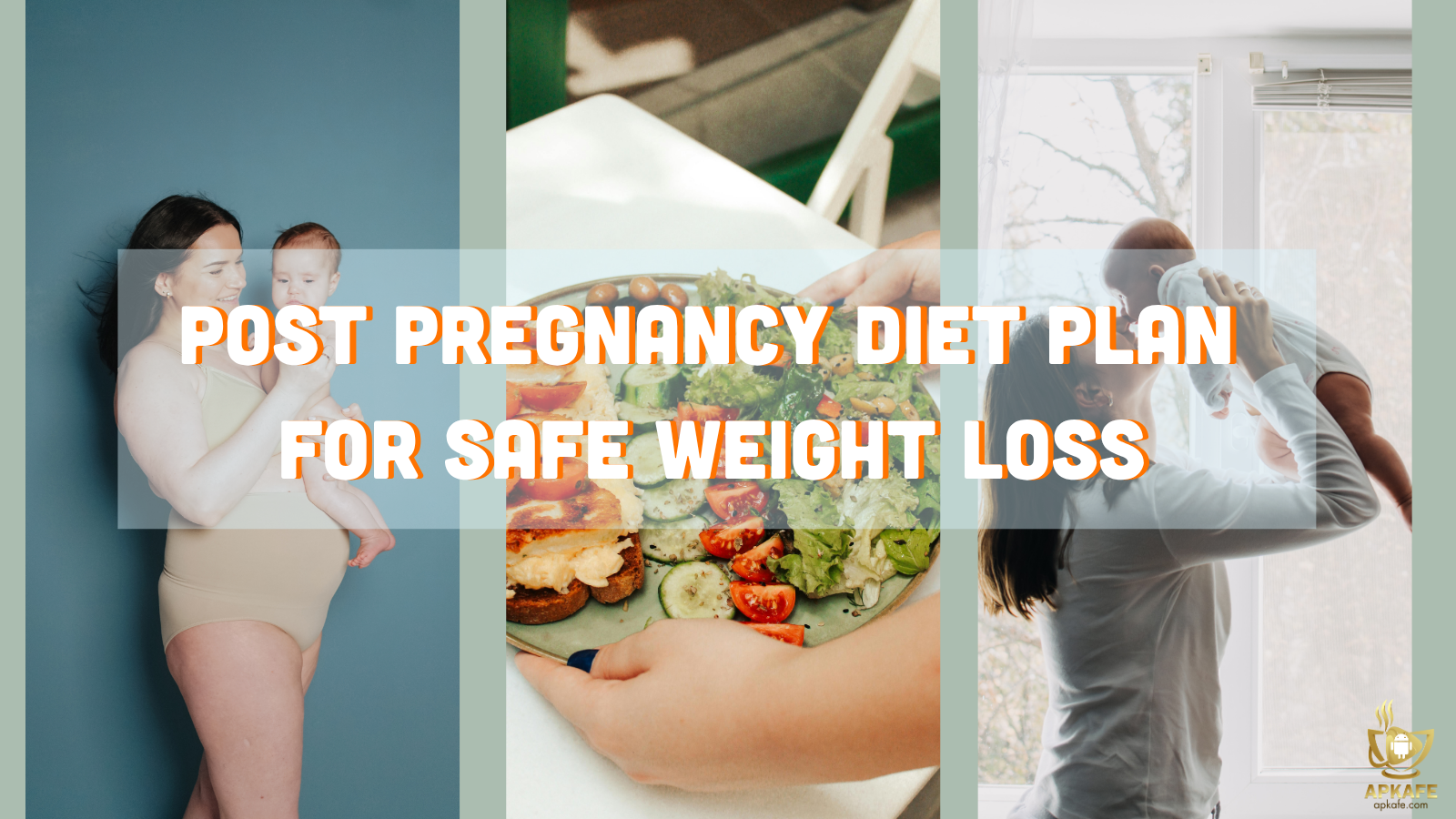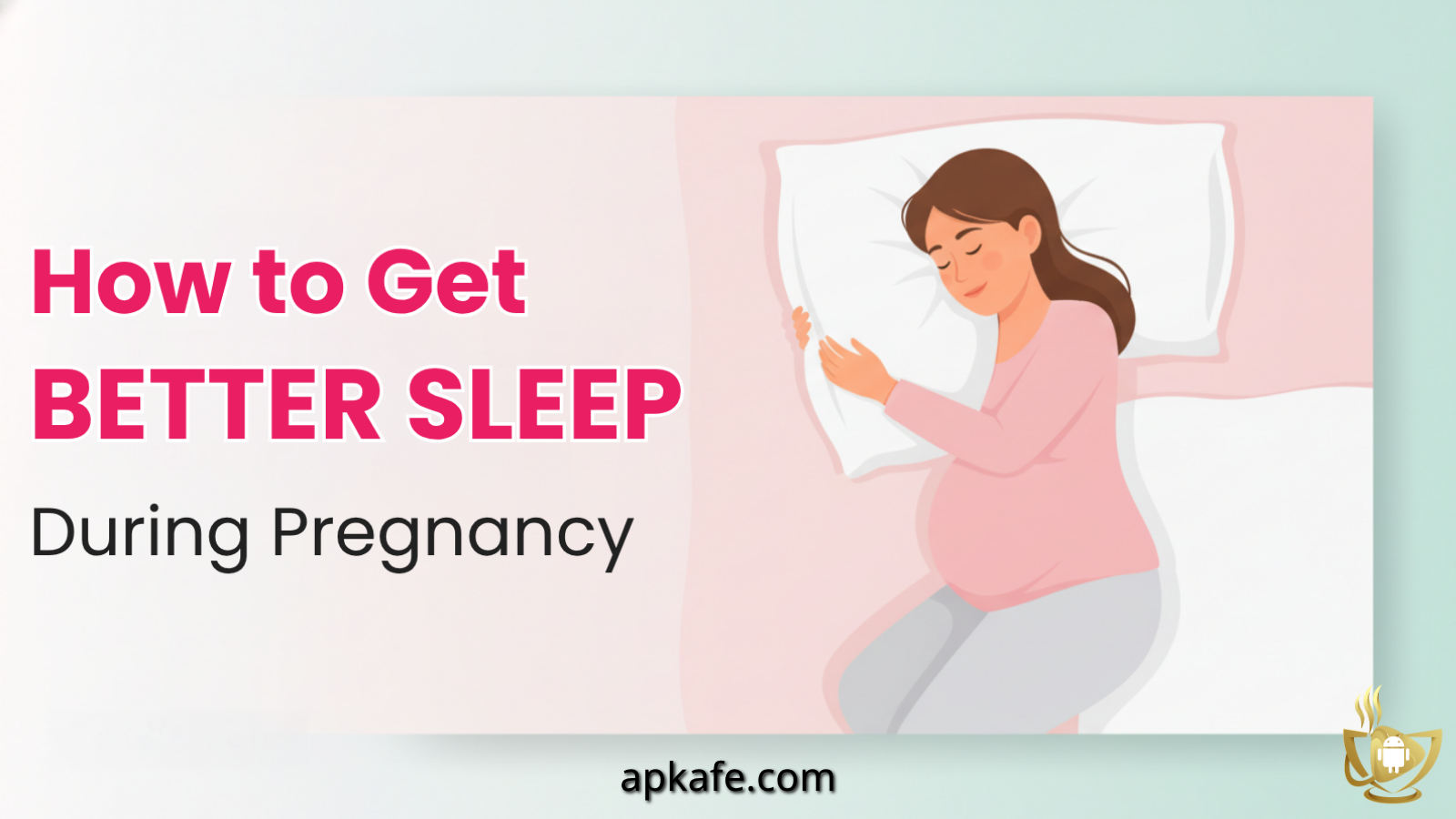Best Way to Lose Weight After Giving Birth Safely & Sustainably
Most new moms try at least three different methods to lose postpartum weight but only one approach works without exhausting your already healing body. Over the next few minutes, you’ll discover a method built around recovery first, weight loss second, and stress never. What surprises most women is that the biggest breakthroughs come from gentle, consistent actions rather than intense workouts. This guide teaches you how to safely rebuild your core, choose foods that stabilize your energy, and create a flexible routine that works even when a baby's sleep is unpredictable. You’ll also learn what to avoid because certain exercises and diets can slow progress or cause setbacks. At the end of this guide, you’ll learn the #1 postpartum mistake that silently slows progress for most mothers and how to avoid it starting today.
The 6 Key Prerequisites Every Postpartum Mom Needs
At the end of this section, you’ll know the red-flag symptom experts say never to ignore.
1) Medical Clearance Comes First
Every recovery timeline differs — C-section, tearing, bleeding level, and pelvic floor status all matter. Most providers advise waiting until the 6–8 week check before beginning structured exercise. This isn’t about slowing you down; it’s about creating a safe baseline so you don’t injure healing tissue.
2) Check for Diastasis Recti (DR)
Lie on your back, bend your knees, lift your head, and feel your abdominal midline. A 2-finger or larger gap requires DR-safe core work (no planks or crunches). Doming or coning means: regress immediately.
3) Pelvic Floor Readiness
If you feel leaking, pressure, or heaviness during movement, your pelvic floor needs foundational work first. Pelvic floor physical therapists are invaluable postpartum.
4) Sleep & Mood Baseline
Exhaustion affects cravings, recovery, and hormone balance. Short Calm or BetterSleep sessions can help you downshift after feeds — not as medical treatment, but as supportive tools.
5) Nourish Before You Cut Calories
Especially while breastfeeding, your body needs fuel. Severe restriction can slow metabolism, reduce milk supply, and worsen fatigue.
6) Start With Micro-Habits
Instead of long workouts, build habits tied to routines you already do: after a feed → 2 minutes of breathing; after a nap → 10-minute walk.
Step-by-Step Guide: The Best Way to Lose Weight After Giving Birth
Step 1: Reset Expectations the Smart Way
This one perspective shift reduces guilt for 7 out of 10 mothers.
Reframing expectations is the foundation of postpartum progress. Your body rebuilt as human tissues stretched, hormones shifted, and organs moved. Healing is not laziness; it’s biology. Focus on signs of recovery: steadier breathing, less pressure in your pelvis, improved posture, fewer aches during walks. These are the indicators that metabolism and connective tissue are returning to baseline.
Use a simple log or a gentle tool like Noom to track energy, mood, and micro-wins not strict calories. Stress and guilt elevate cortisol, which can slow fat loss more than any food choice.
Step 2: Start With Low-Impact Movement
A 10-minute sequence that burns more than you think.
Start with the safest activity: walking. It awakens your metabolism, boosts mood, and helps regulate hormones. Try two short micro-sessions: a morning 10-minute stroll and an afternoon 10-minute indoor walking circuit. Focus on posture and breathing, not speed.
If you feel heaviness, pulling, sharp pain, or increased bleeding, stop immediately. Pairing a walk with a Calm breathing session afterward helps reduce tension and support better nighttime rest.
Activation not intensity is the goal.
Step 3: Rebuild Your Core & Pelvic Floor (Gentle Only)
Most moms skip this step and it’s why progress stalls.
Your core and pelvic floor are the engine of postpartum recovery. Start with gentle movements that reconnect breathing, deep abs, and pelvic floor:
- 360° diaphragmatic breathing
- Pelvic tilts
- Heel slides
- Glute bridges with exhale
Whenever your belly domes or bulges, pause and regress that’s your body saying “not yet.” Small daily sessions (5–8 minutes) build deep stability faster than occasional long workouts.
Step 4: Introduce Strength Training (Postpartum-Safe)
One tiny adjustment makes lifting 30% safer postpartum.
When cleared and stable, add slow strength work:
- Supported squats
- Glute bridges
- Light rows
- Wall push-ups
- Step-backs or hip hinges
The game-changer: exhale during exertion. This protects your core and pelvic floor automatically. Start with bodyweight only. If you feel heaviness, pressure, or doming, scale back.
Strength training will eventually become your most powerful fat-loss tool — but only if built slowly.
Step 5: Eat for Recovery & Steady Energy
The food swap that supports both healing and weight loss.
Postpartum nutrition is about support, not restriction. Build each meal as a PFF plate:
- Protein (eggs, yogurt, beans, lean meats)
- Fiber (berries, leafy greens, oats)
- Healthy fats (avocado, nuts, olive oil)
This balances blood sugar, controls cravings, and supports hormone recovery. Swap sugary snacks for high-protein alternatives like Greek yogurt with berries. If breastfeeding, add 300–450 nutrient-dense calories daily.
Anchor hydration by drinking a bottle of water before each feed. Use Noom for pattern awareness, but avoid over-tracking.
Step 6: Track Progress Without Stress
This method works even if you avoid scales.
Progress is not linear postpartum hormones, sleep, and breastfeeding shift daily. Track non-scale victories:
- Easier walks
- Better posture
- Less back pain
- Stronger core activation
- More stable mood
Use Noom or simple notes to record weekly wins. Monthly photos (not daily) show subtle changes. Stress from constant weighing spikes cortisol, which slows fat loss.
Step 7: Support Sleep & Mood (The Hidden Fat-Loss Lever)
The overlooked factor that affects cravings more than exercise.
Sleep fragmentation raises cortisol and hunger hormones. You can’t “fix” postpartum sleep, but you can buffer the impact:
- Short BetterSleep or Calm sessions after feeds
- Dim lights early
- High-protein nighttime snacks
- Reduce screen exposure at night
If mood swings feel intense or persistent, contact your provider — postpartum depression and anxiety require medical care.
Even slight improvements in sleep quality make weight loss easier.
Step 8: Build a Routine You Can Actually Keep
You’ll have a 10-minute routine template after this step.
Use anchor stacking to create a routine that survives unpredictable days:
- After nursing → 2 minutes core breathing
- After nap → 10-minute walk
- Evening wind-down → Calm breathing
Your routine adapts as your baby grows. Pivot the anchor, not the habit.
POSTPARTUM CHECKLIST TABLE
Postpartum Exercise & Lifestyle Readiness Checklist
| Category | What to Check | Yes/No | Notes |
|---|---|---|---|
| Medical Clearance | Completed 6–8 week postpartum checkup | ☐ | Provider approval for low-impact workouts |
| Pelvic Floor Status | No heaviness, leaking, or sharp pelvic pain | ☐ | If present, start with pelvic floor therapist guidance |
| Diastasis Recti Check | No doming/coning during basic movements | ☐ | If doming occurs, regress to breathing work |
| Bleeding Status | Lochia has ended or is minimal | ☐ | Increased bleeding = scale back immediately |
| Energy Level | Can manage 10 minutes of gentle movement | ☐ | Fatigue means prioritize sleep & nourishment |
| Sleep & Mood | No severe mood changes or extreme exhaustion | ☐ | Use Calm/BetterSleep as supportive tools |
| Hydration | Drinking 8–12 cups/day | ☐ | Anchor hydration to breastfeeding sessions |
| Meal Pattern | Eating balanced PFF meals | ☐ | Protein + Fiber + Fat at each meal |
| App Privacy Review | Checked permissions for Calm, BetterSleep, Noom | ☐ | Disable unnecessary location/microphone access |
| Routine Plan | Have a simple 10-minute anchor-stacked routine | ☐ | “After feed → 2 min breathing; after nap → walk” |
Common Pitfalls & How to Fix Them
Avoid these traps that silently slow postpartum progress.
Pitfall 1: Overexercising too soon
Fix: return to core-first work; reduce intensity.
Pitfall 2: Skipping meals → overeating at night
Fix: front-load protein & fiber earlier.
Pitfall 3: Copying pre-baby workouts
Fix: rebuild mechanics before intensity.
Pitfall 4: Overusing calorie apps
Fix: prioritize energy, hydration, and non-scale wins.
Pitfall 5: Ignoring symptoms
Fix: stop if leaking, heaviness, dizziness, increased bleeding.
Safety & Privacy Checklist
Exercise Safety
- Stop immediately if you feel sharp pelvic pain, heaviness, or doming.
- Avoid high-impact moves until your core is stable.
- Start slowly after C-section or complicated birth.
Digital Privacy
- Review app permissions regularly.
- Turn off unnecessary microphone or location access.
- Only share health data when required.
Conclusion
Losing weight after giving birth isn’t about snapping back, it’s about rebuilding your body with patience, care, and consistency. When you focus on healing first, strengthening your core, nourishing yourself properly, and choosing gentle movement that fits into real postpartum life, progress becomes sustainable instead of stressful. Small steps practiced daily matter far more than any intense workout or restrictive diet.
Remember: every mother’s recovery timeline is different. Honor your body, listen to its signals, and adjust at a pace that feels supportive, not punishing. With steady habits, mindful nutrition, restorative rest, and privacy-safe digital tools, you’ll regain strength, confidence, and energy all while caring for the tiny human who depends on you.
Your journey is unique, valid, and absolutely achievable one gentle step at a time.
FAQs
- Can I lose weight while breastfeeding?
Yes, gradually, with adequate fuel. Under-eating can reduce supply.
- What if I had a C-section?
Start with walking and breathing until your surgeon clears you (usually 6–10 weeks).
- Which exercises are unsafe postpartum?
Crunches, planks, heavy lifting, jumping, and any movement causing doming.
- Why is my belly still soft after months?
Hormones, stretched tissues, and possible diastasis recti — this improves gradually.
- How fast is healthy postpartum weight loss?
About 0.5–1 pound per week once cleared.
- Can I use weight-loss apps safely?
Yes, if used gently and with privacy settings reviewed.
- What if I feel no progress?
Shift to tracking function, adjust sleep/nutrition, and revisit core stability.
User Reviews

